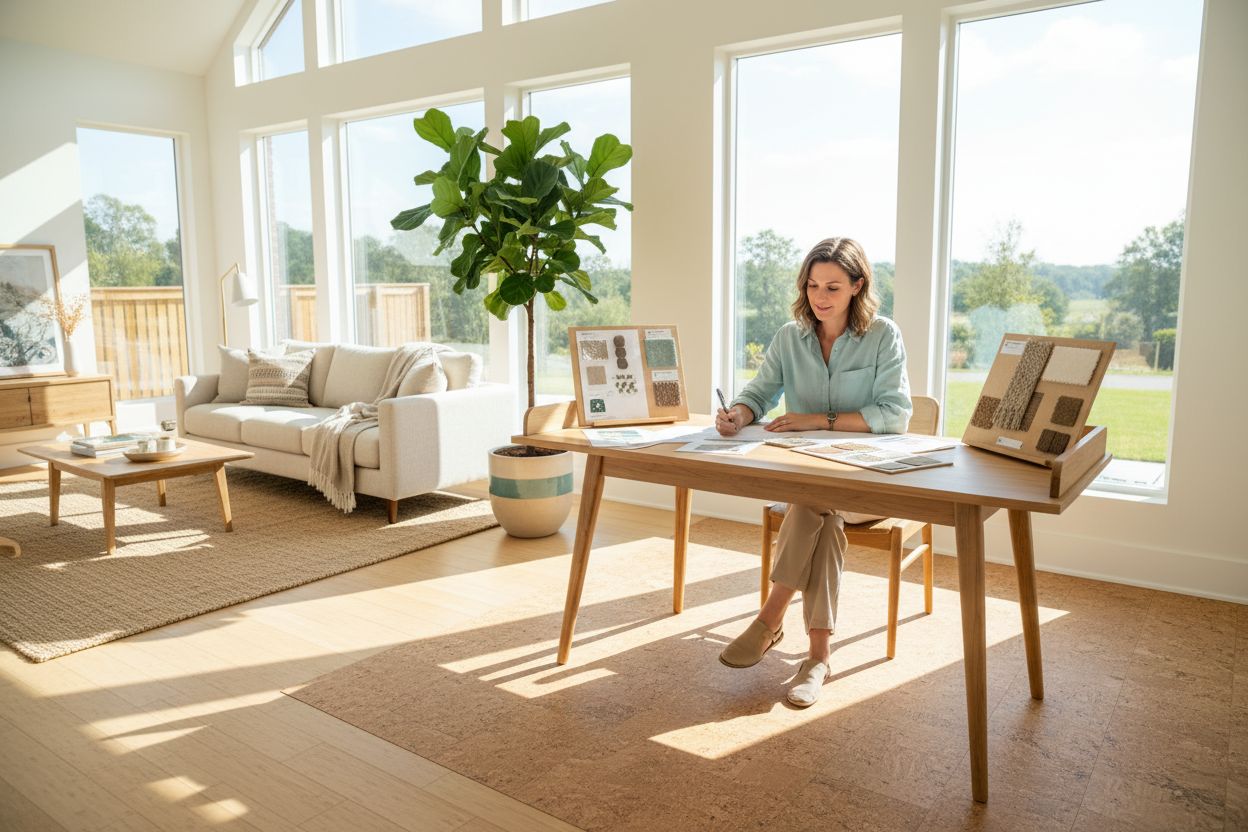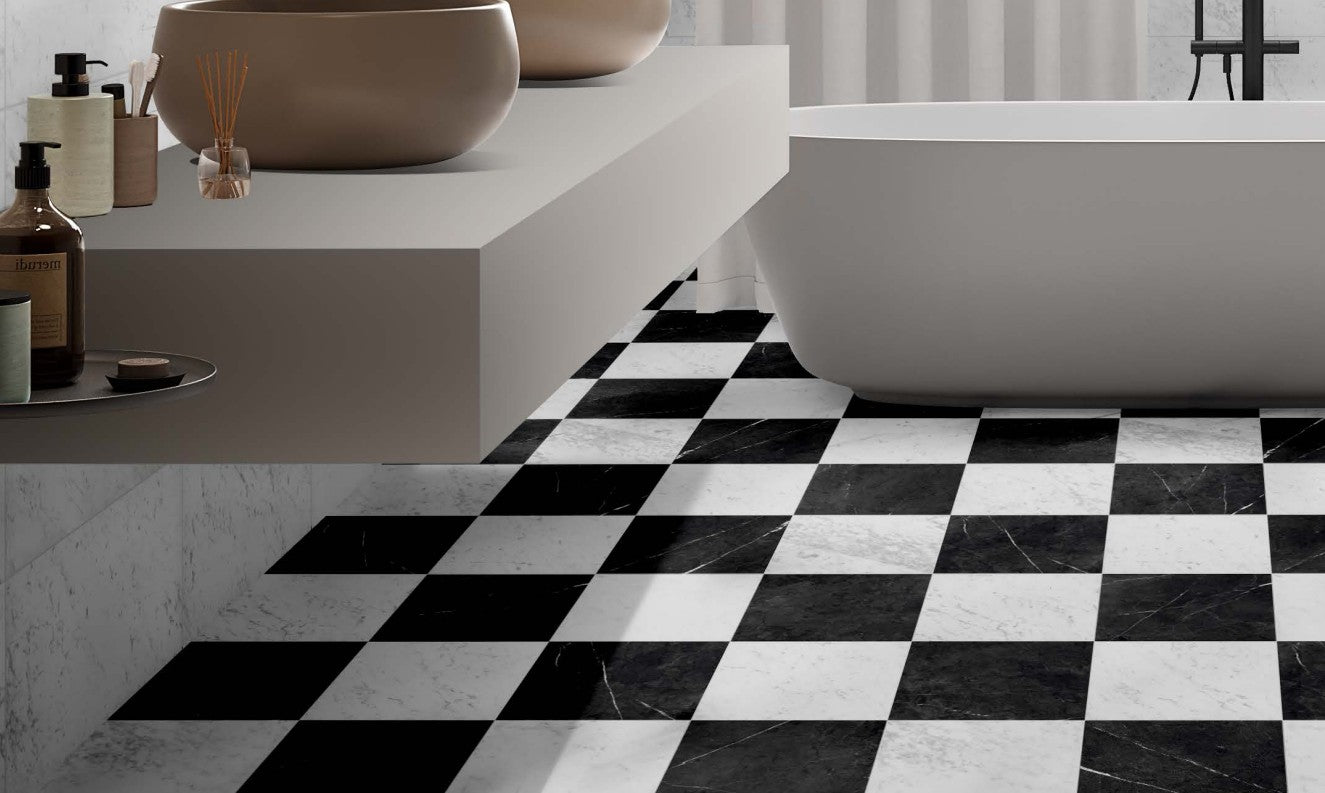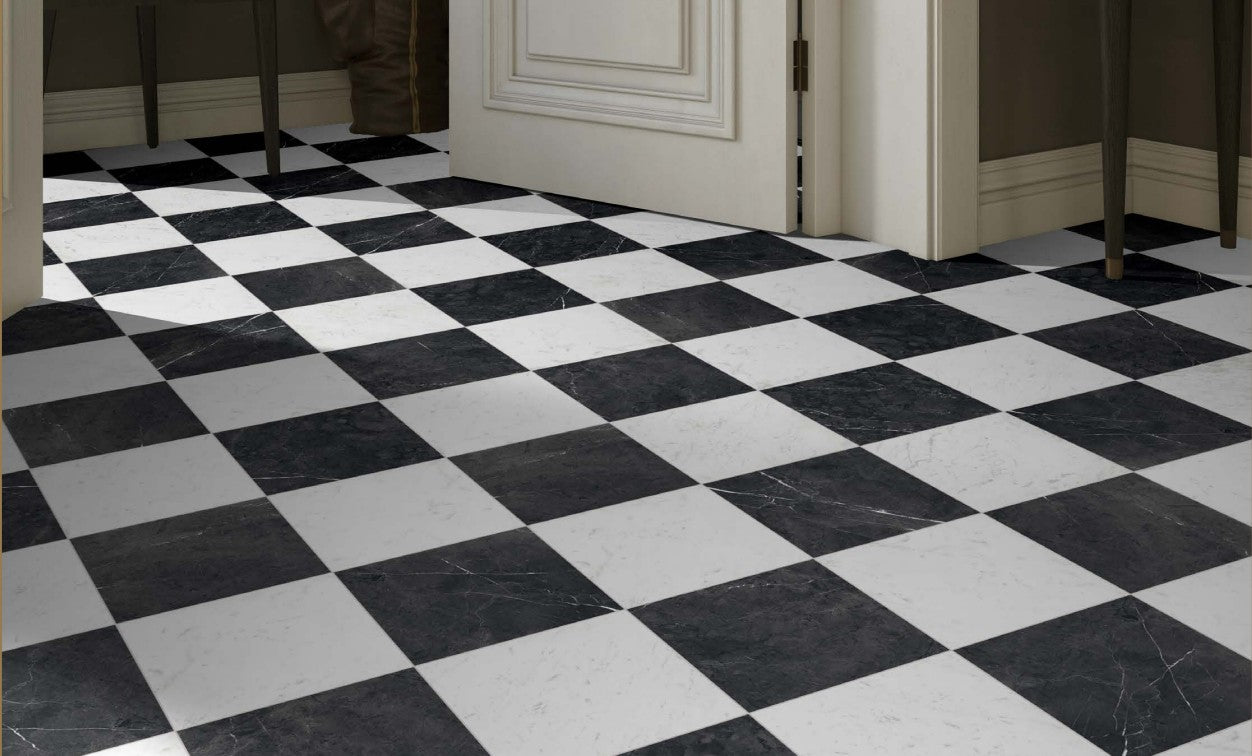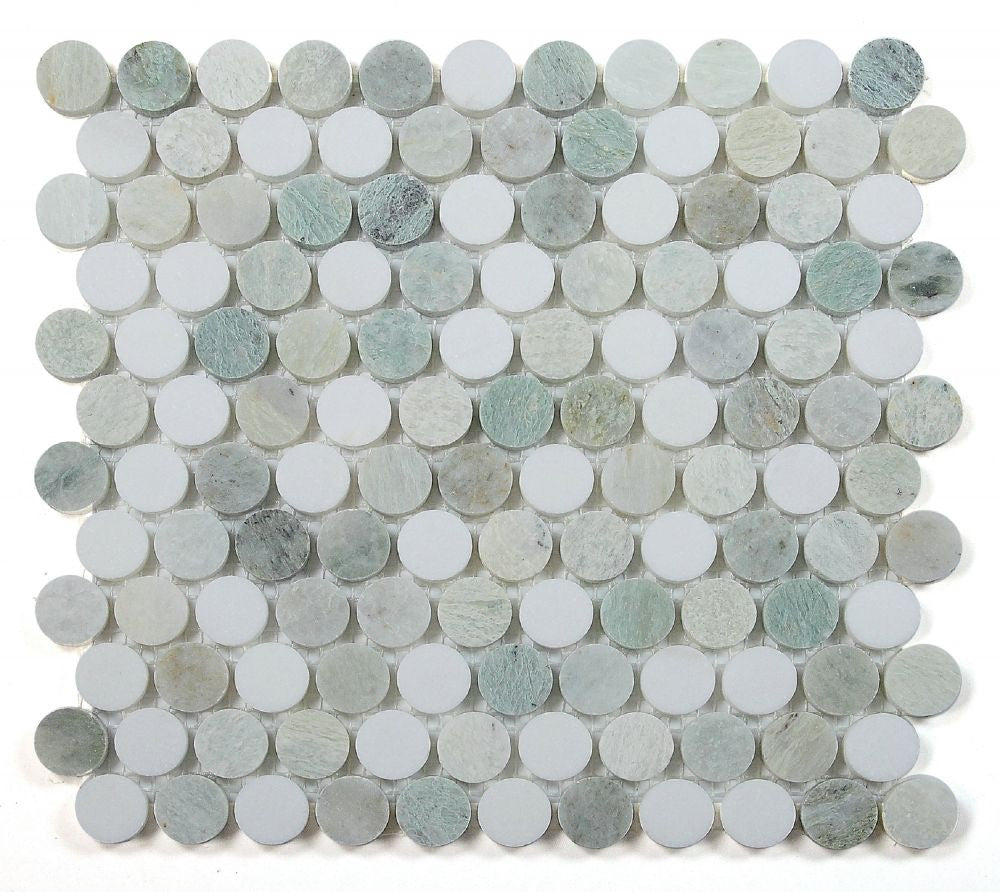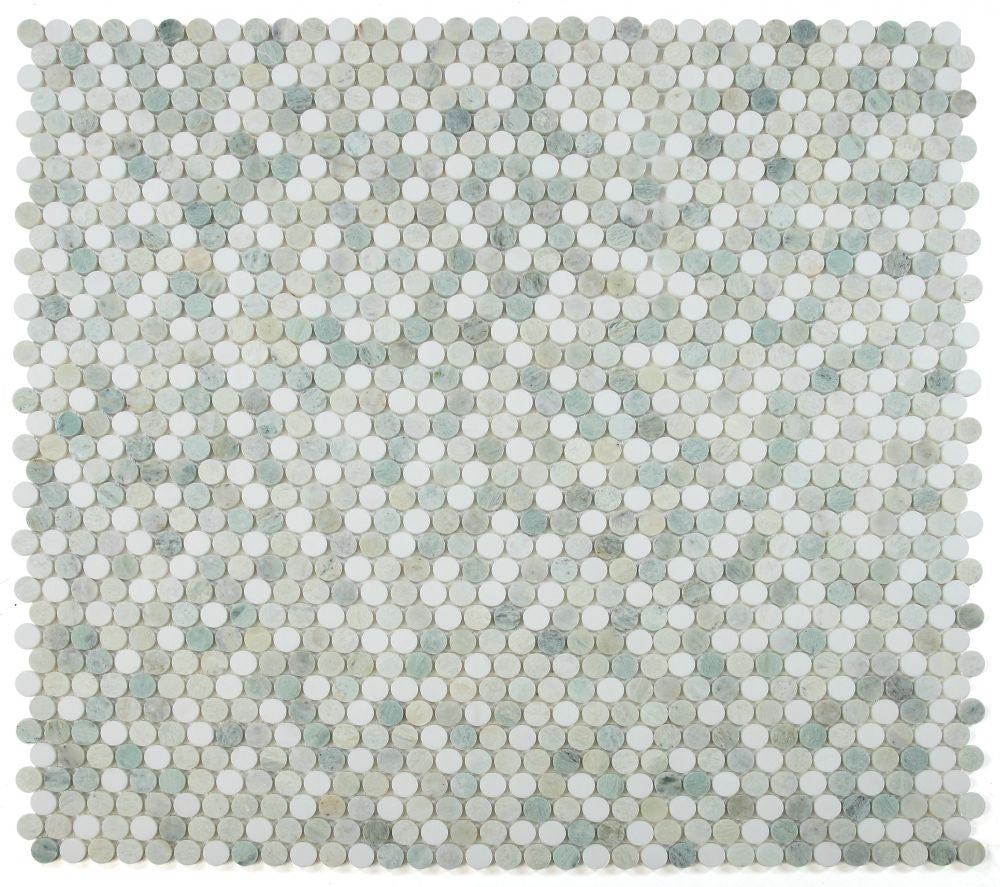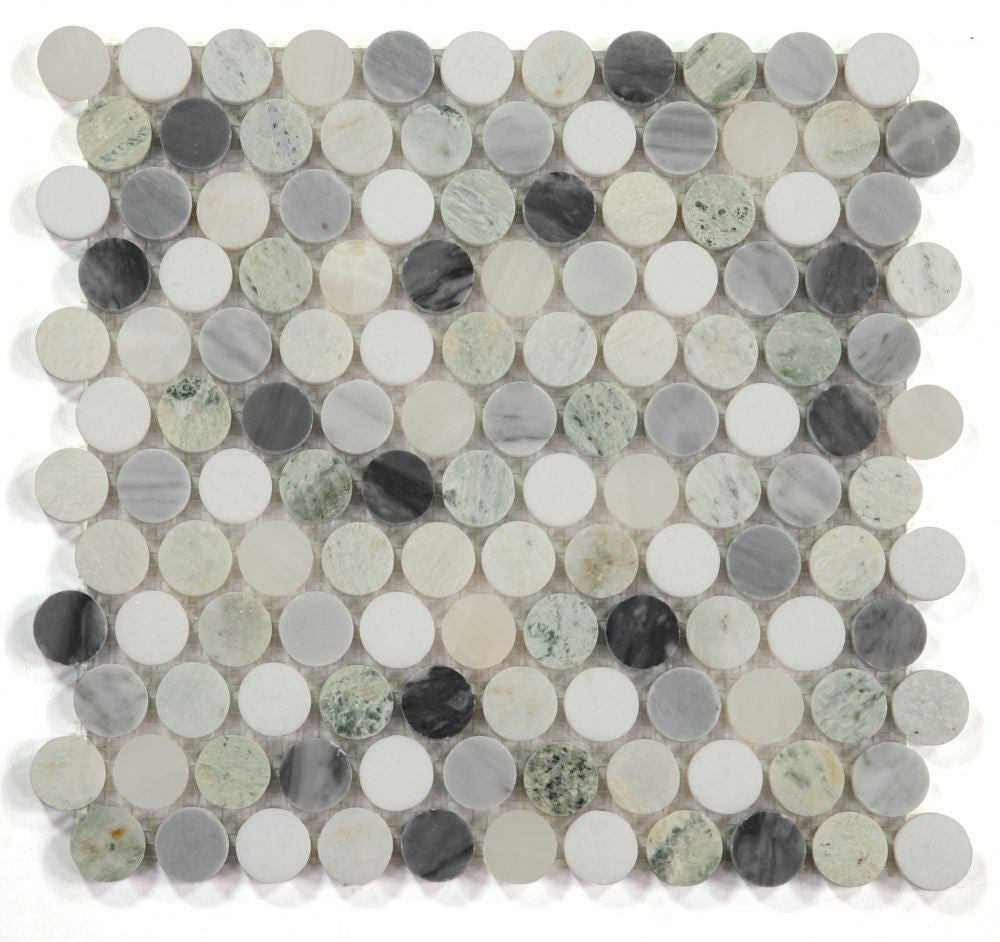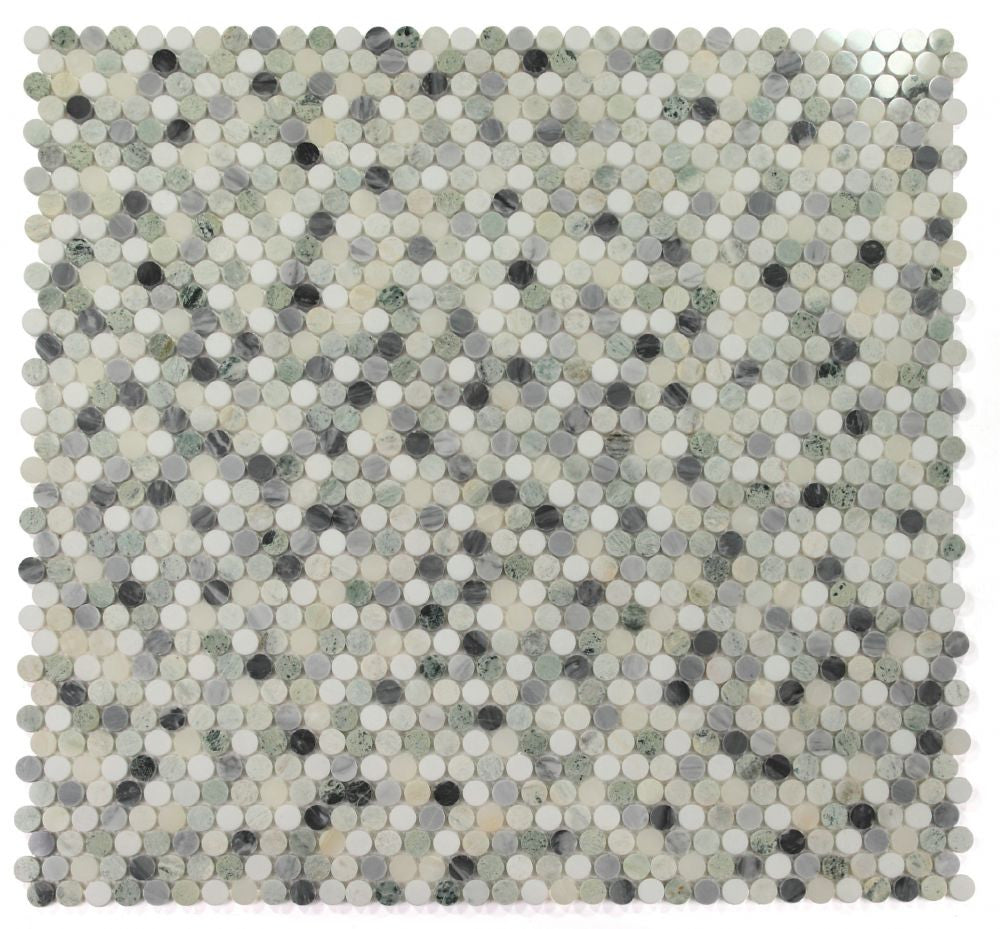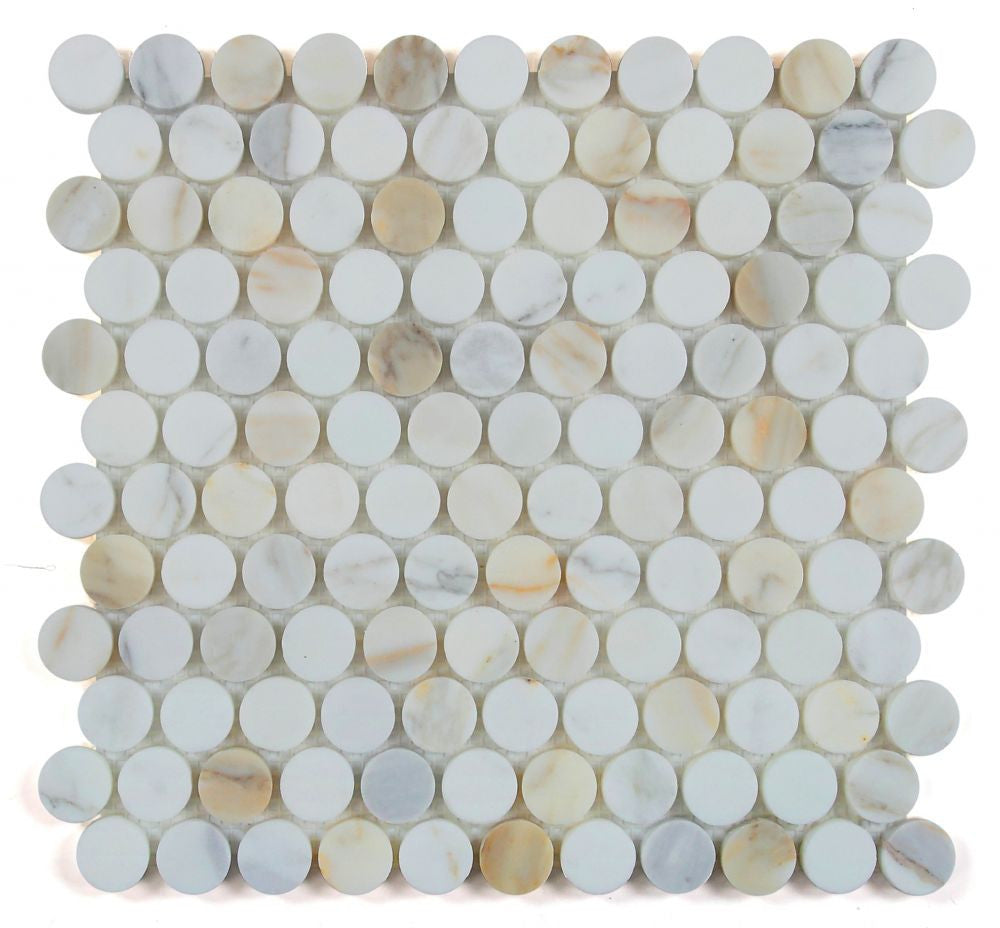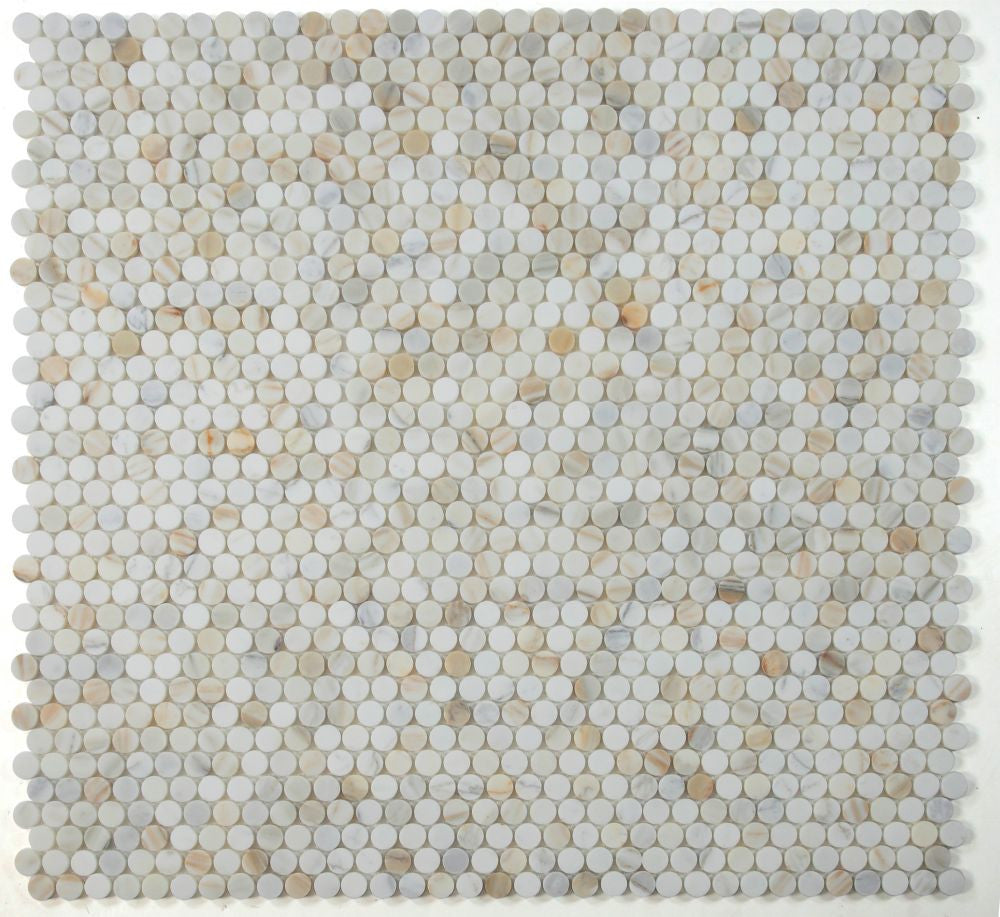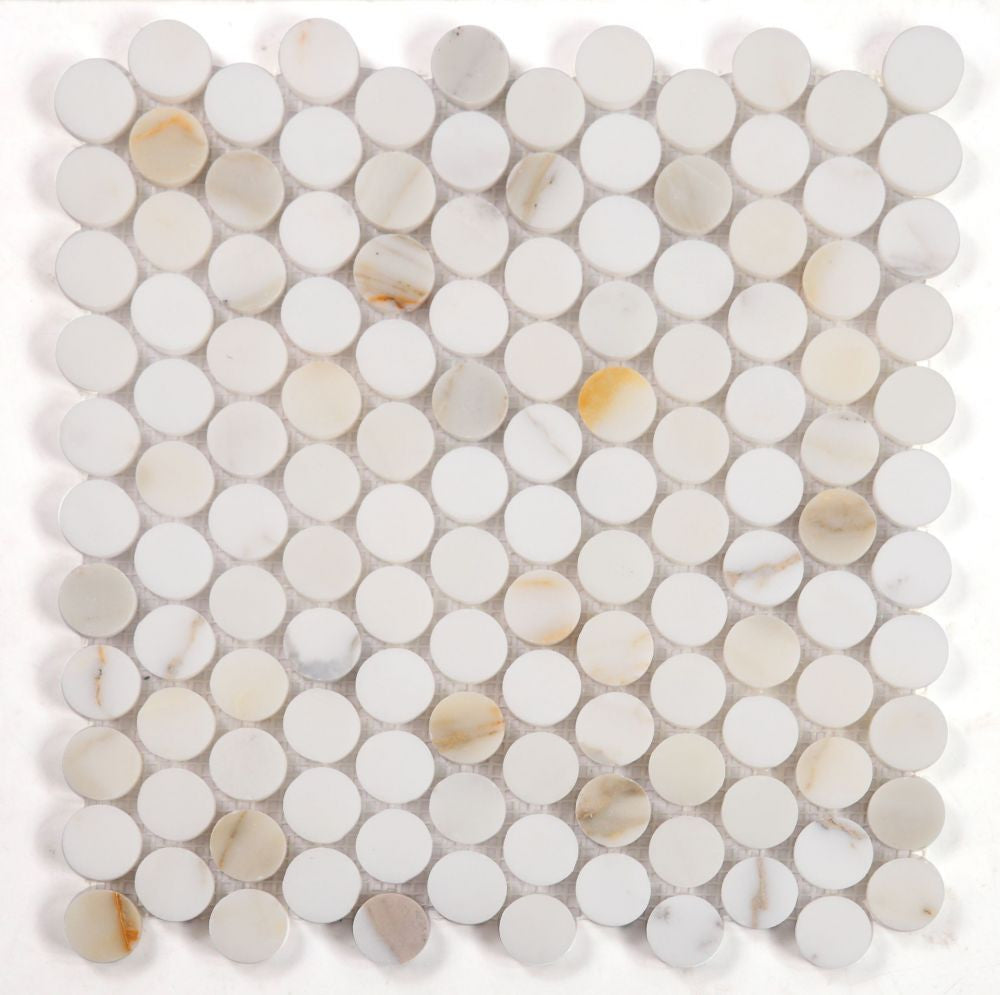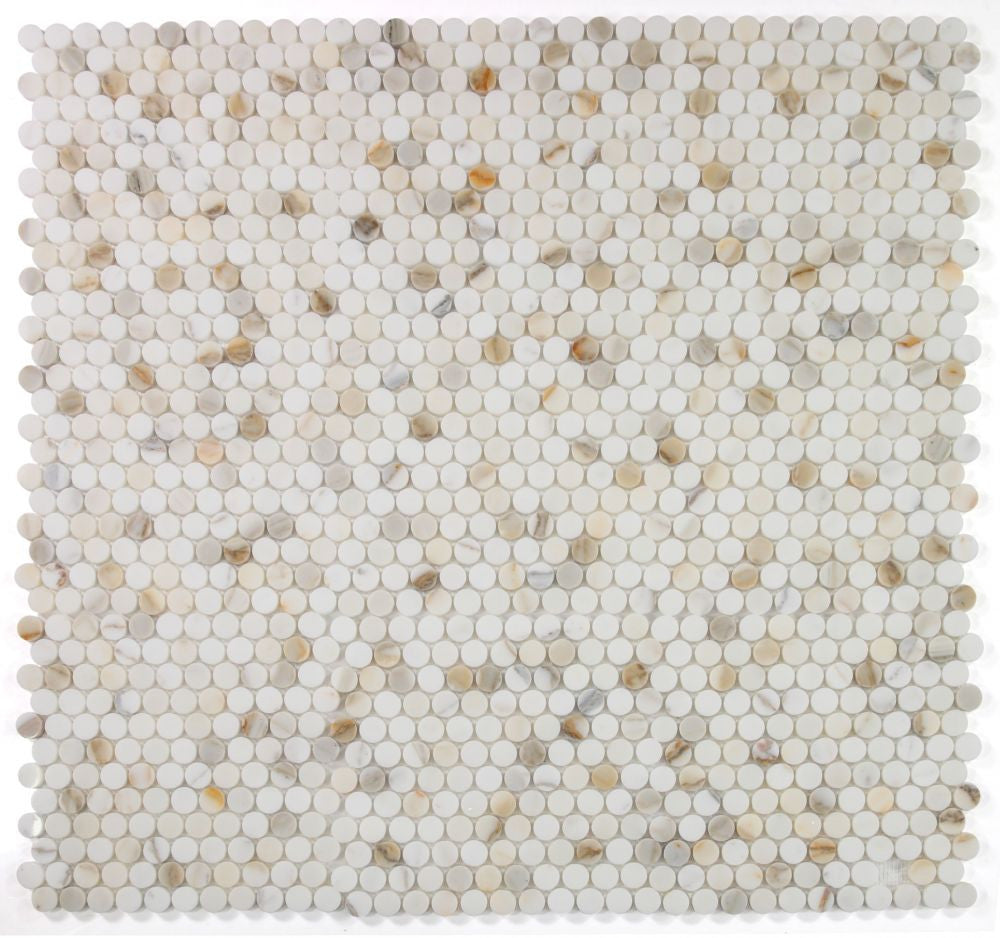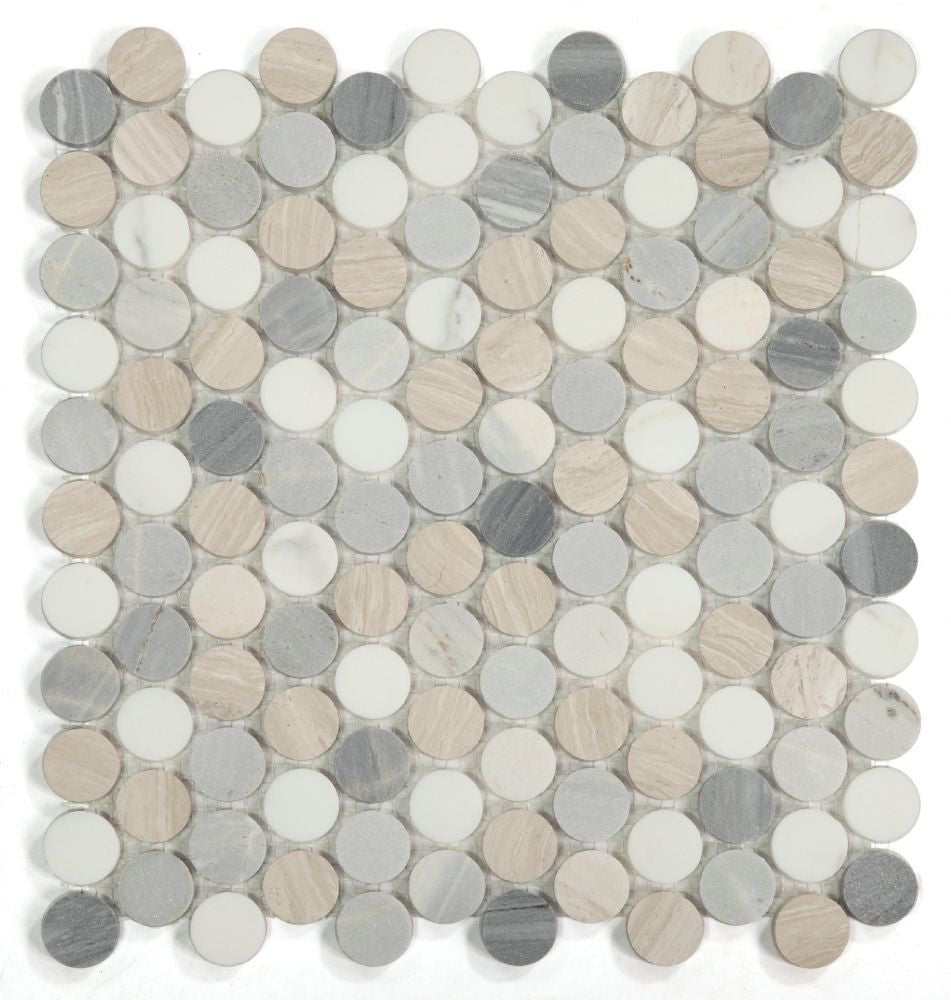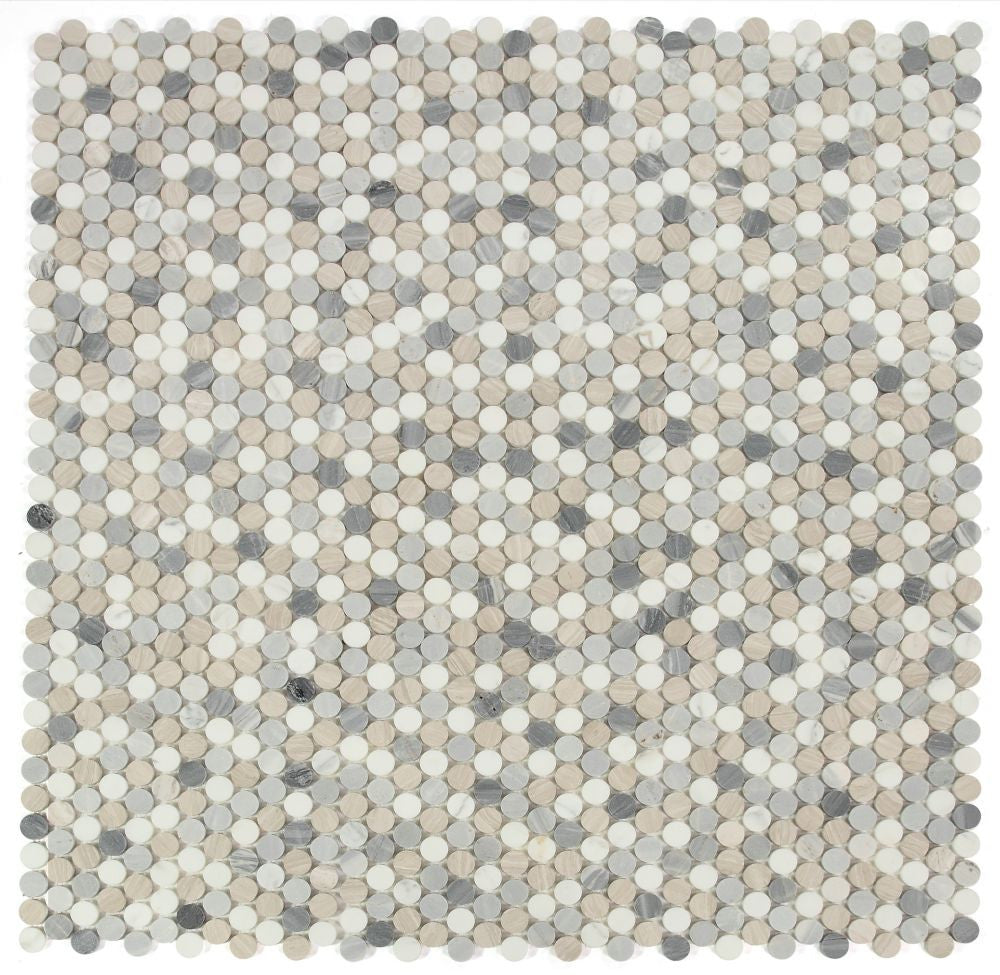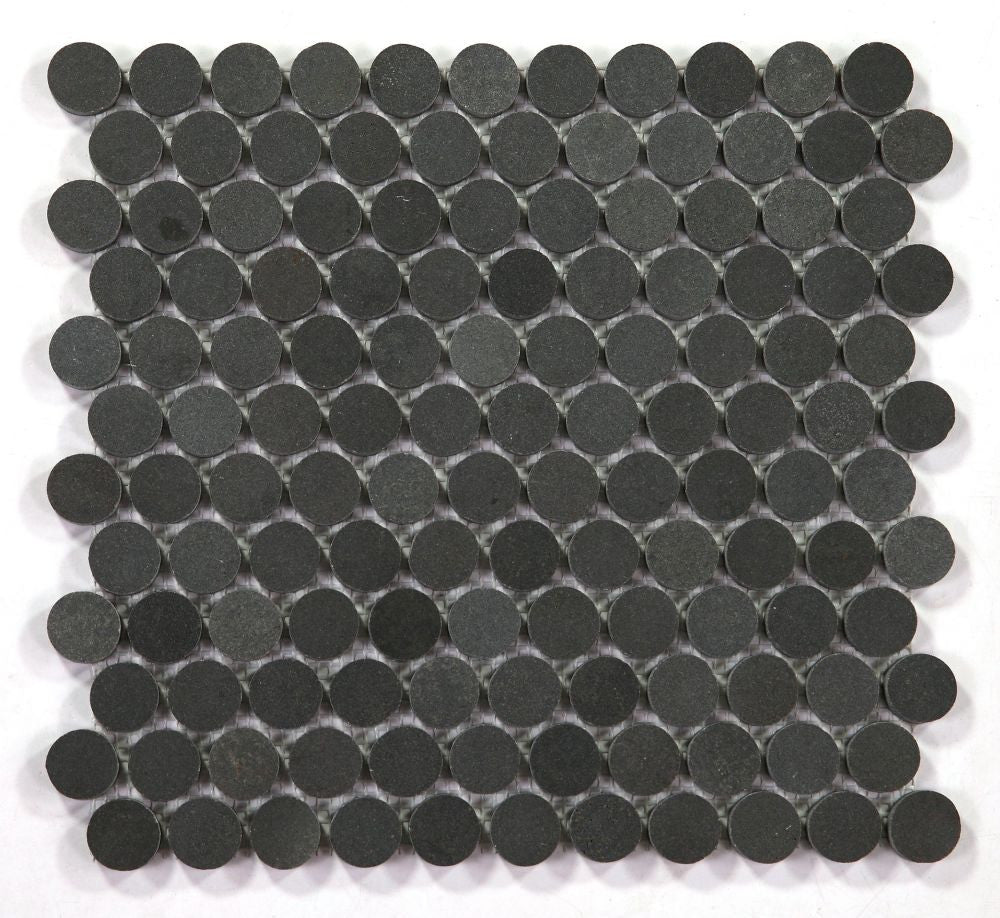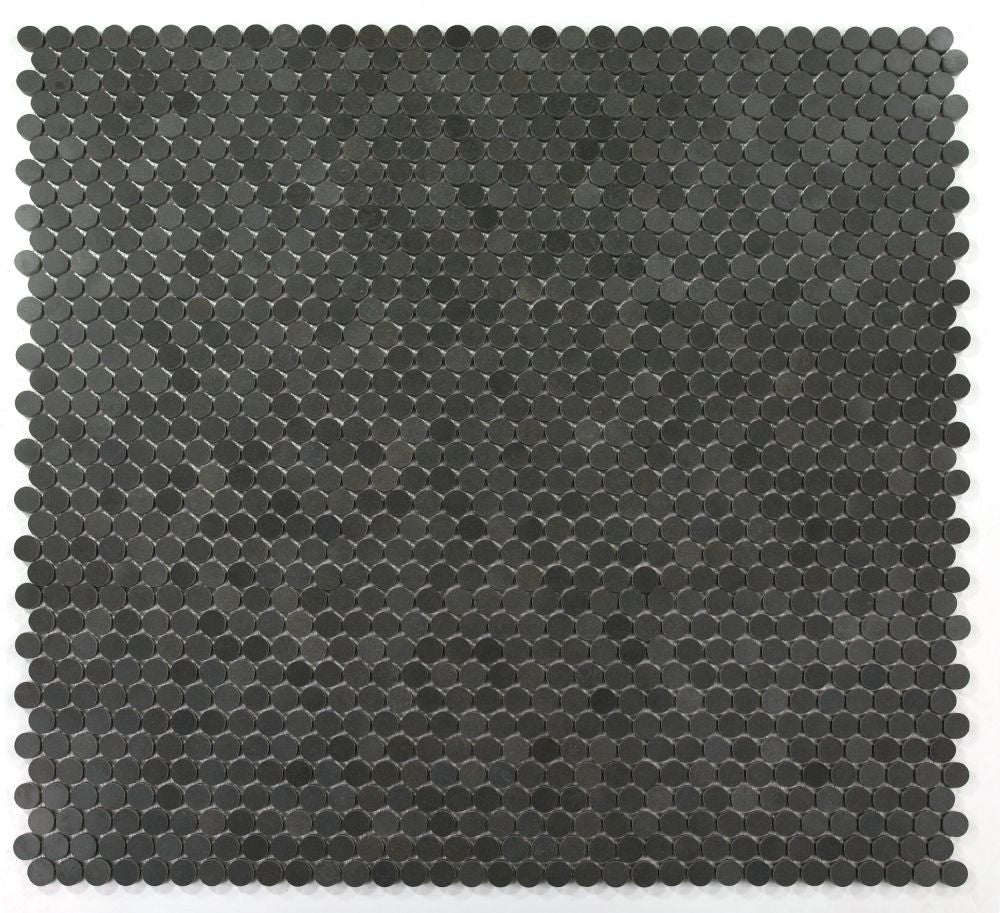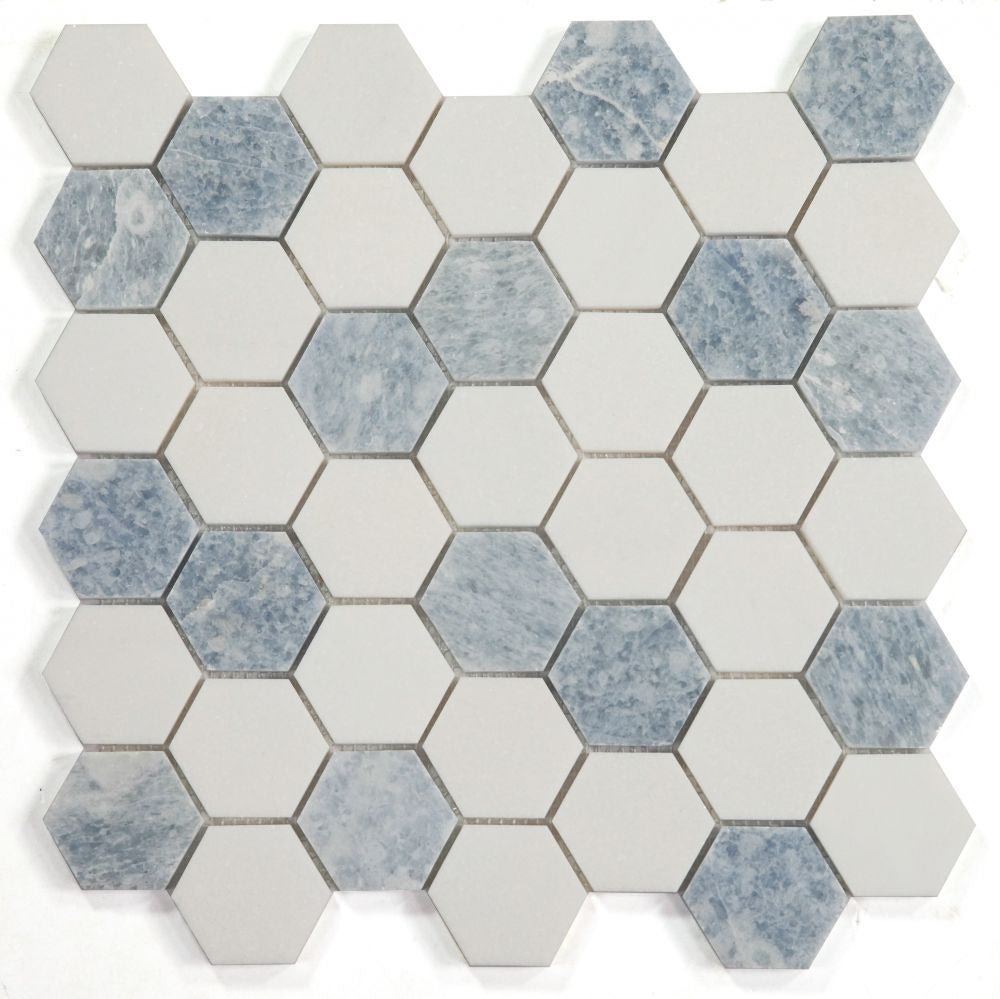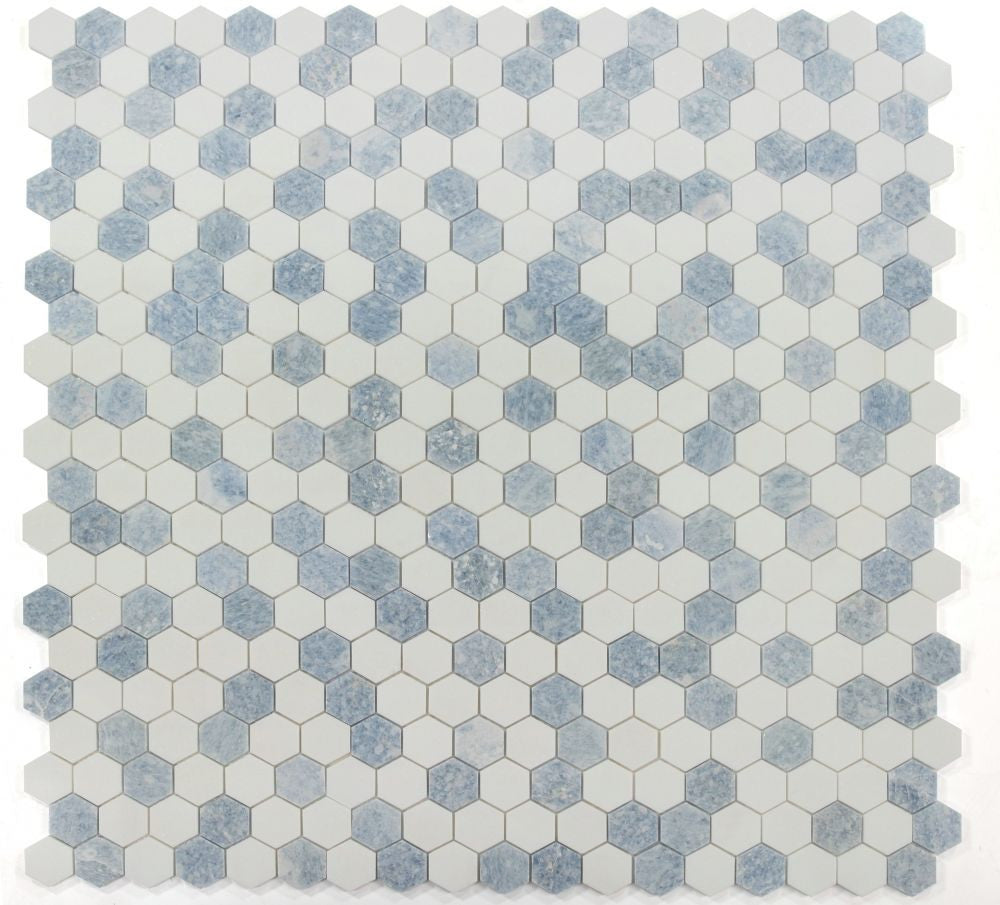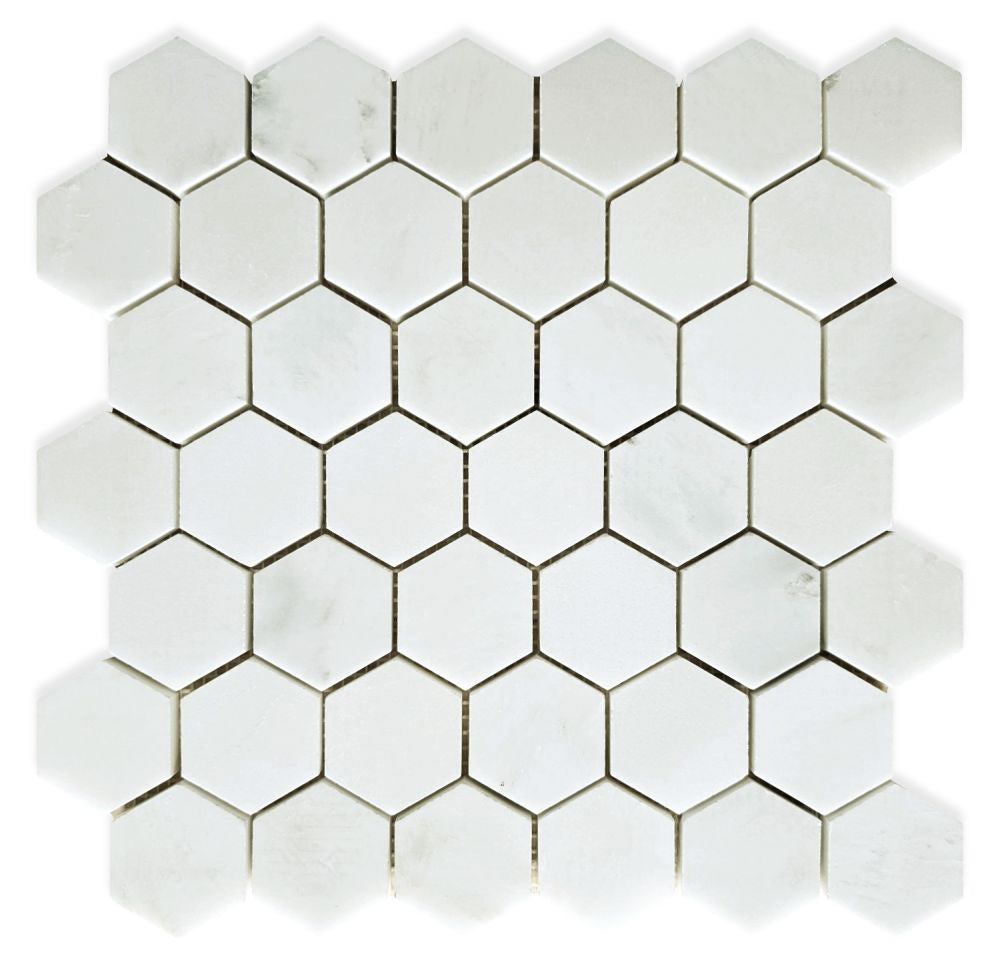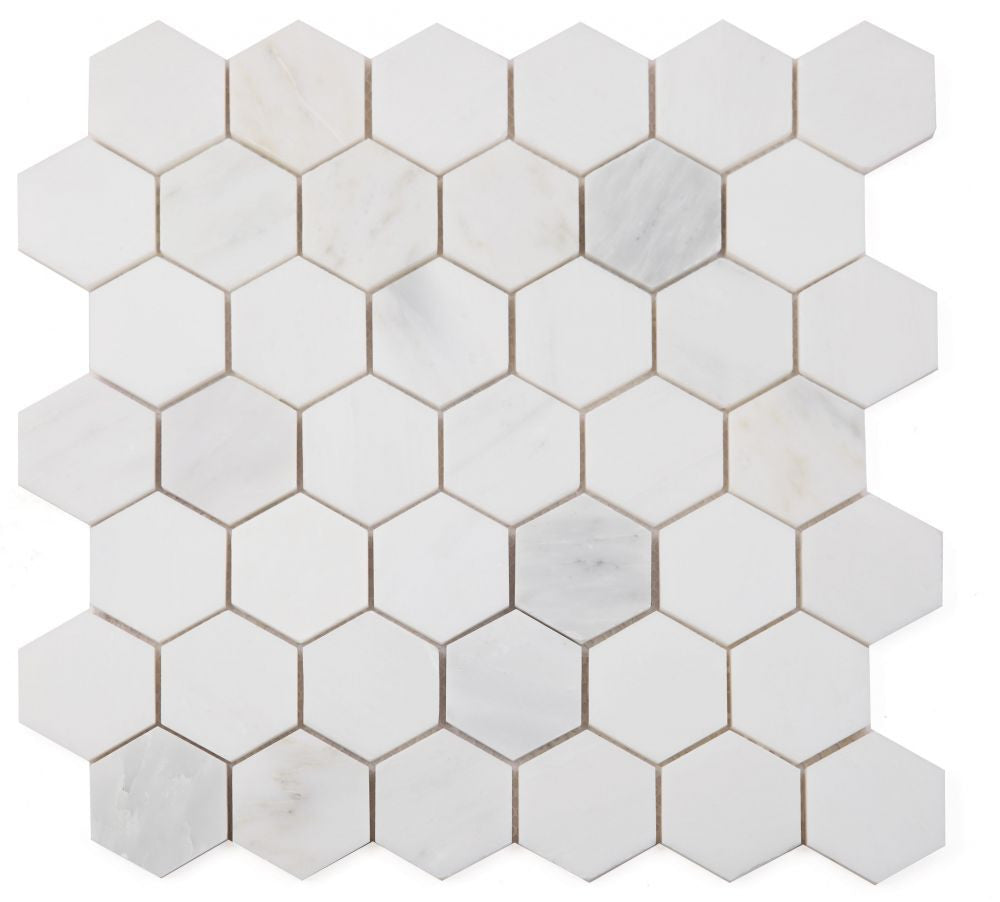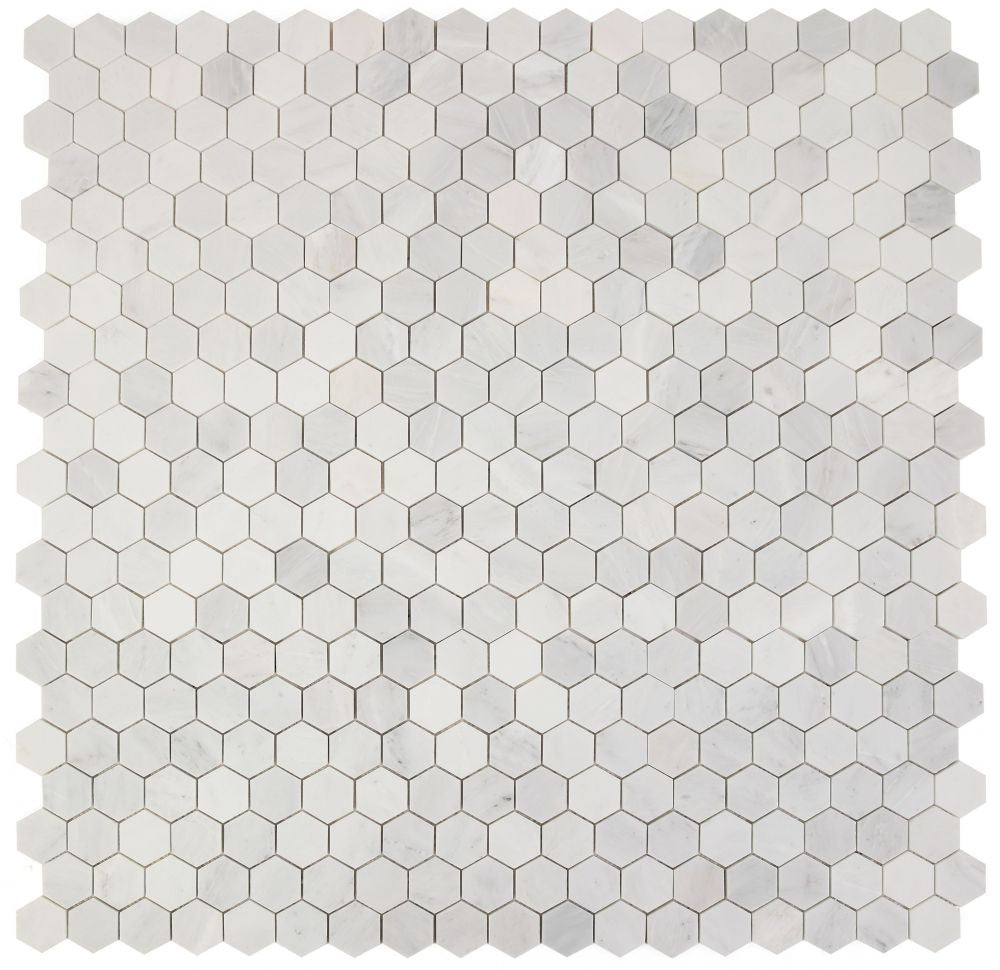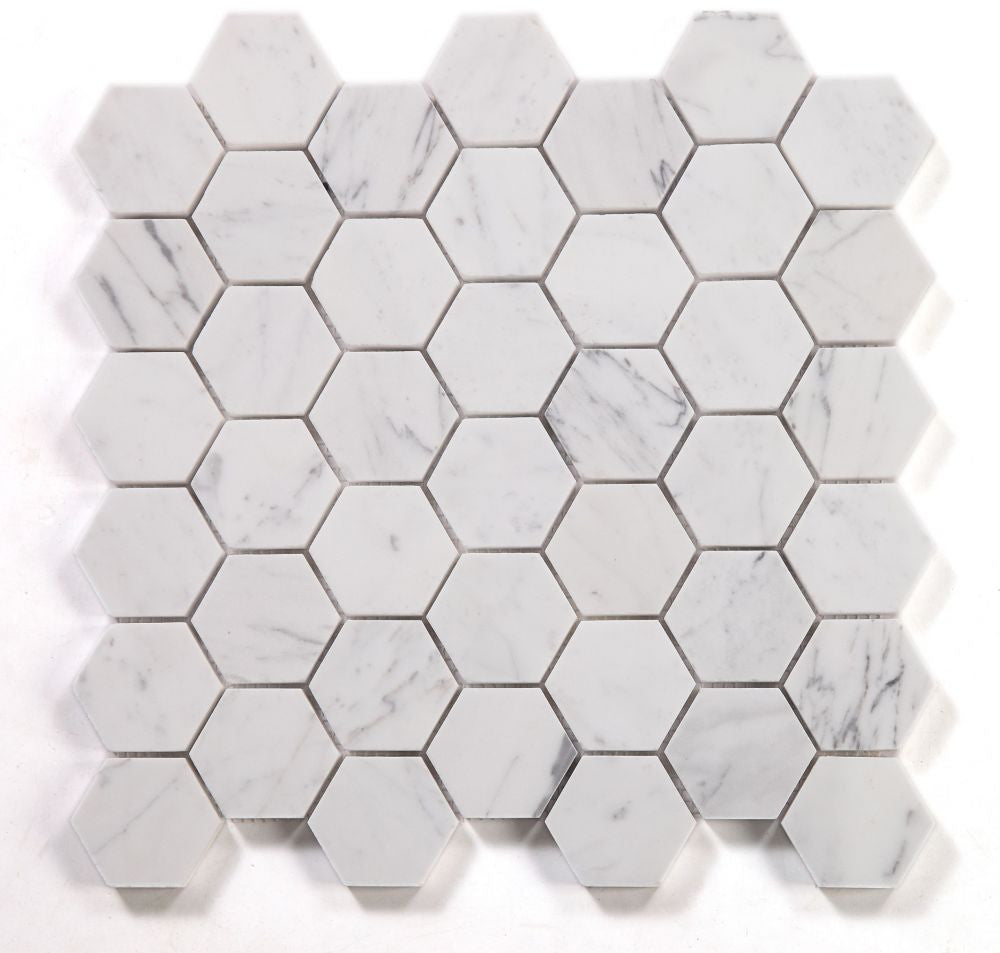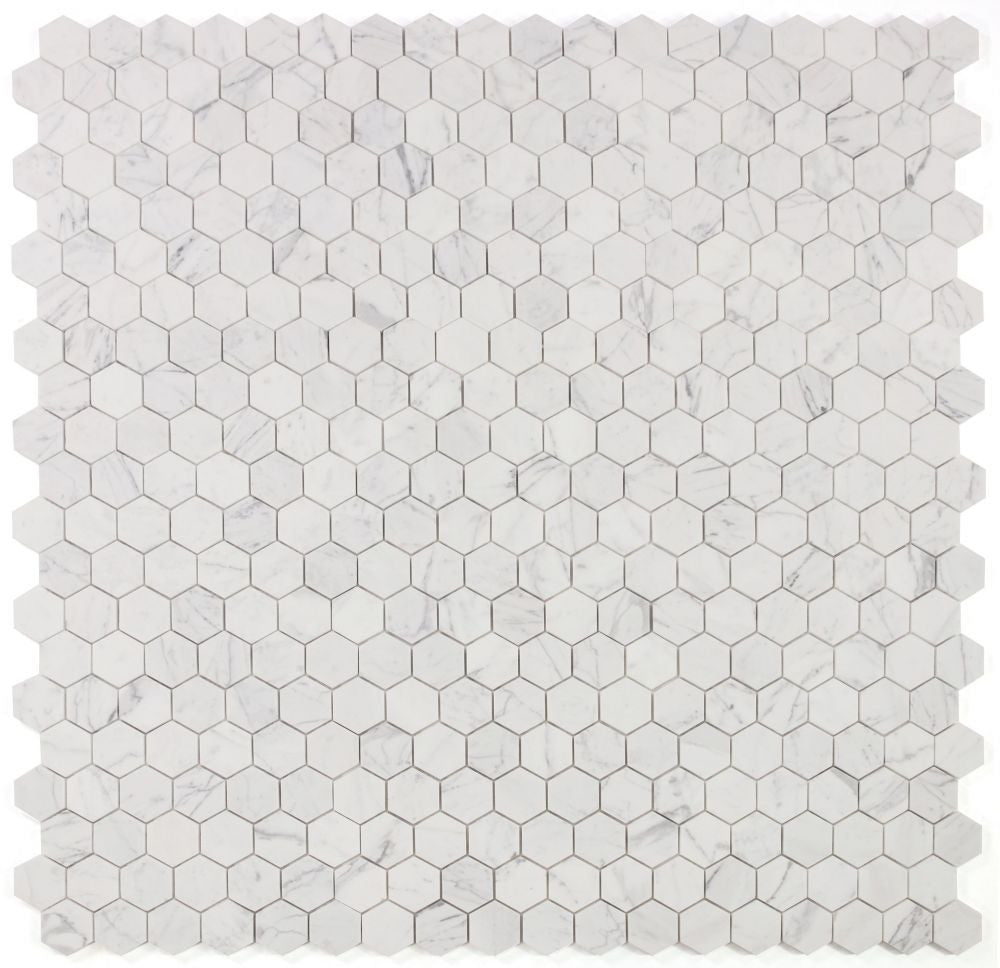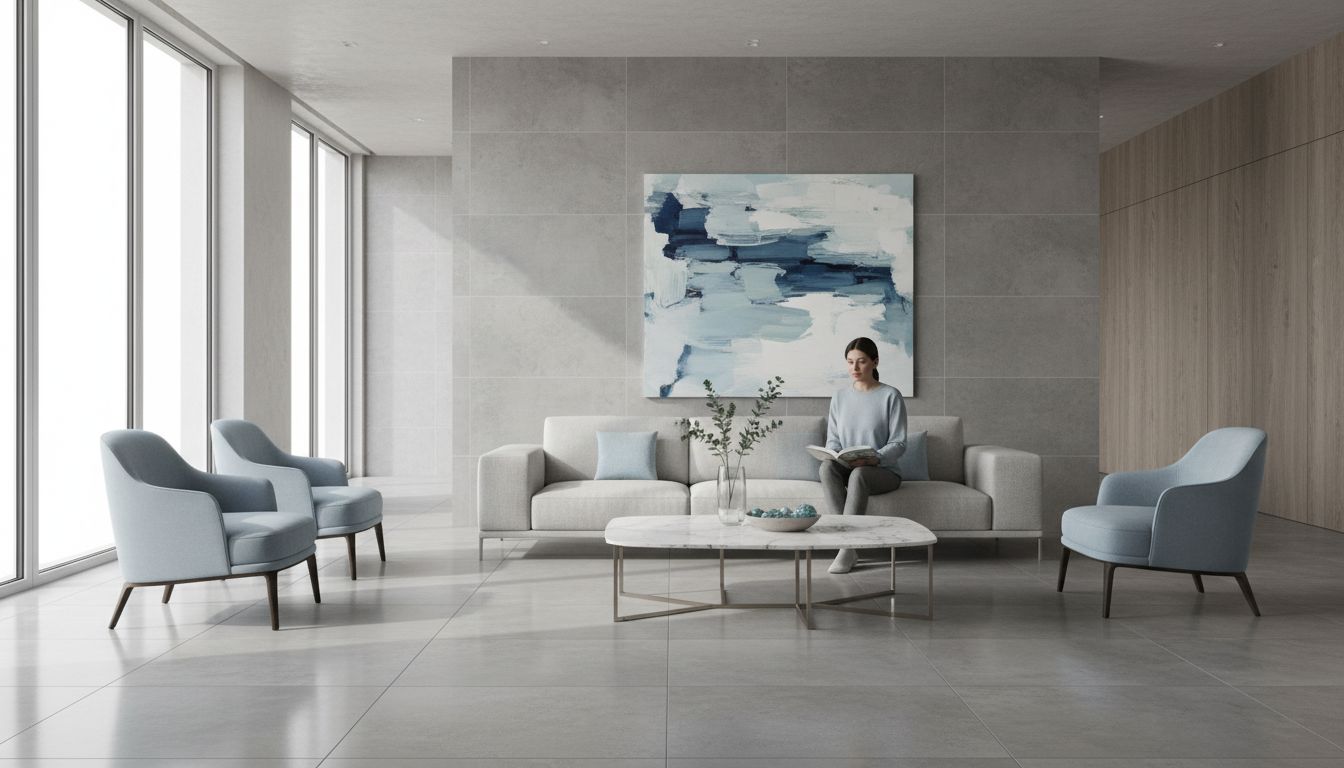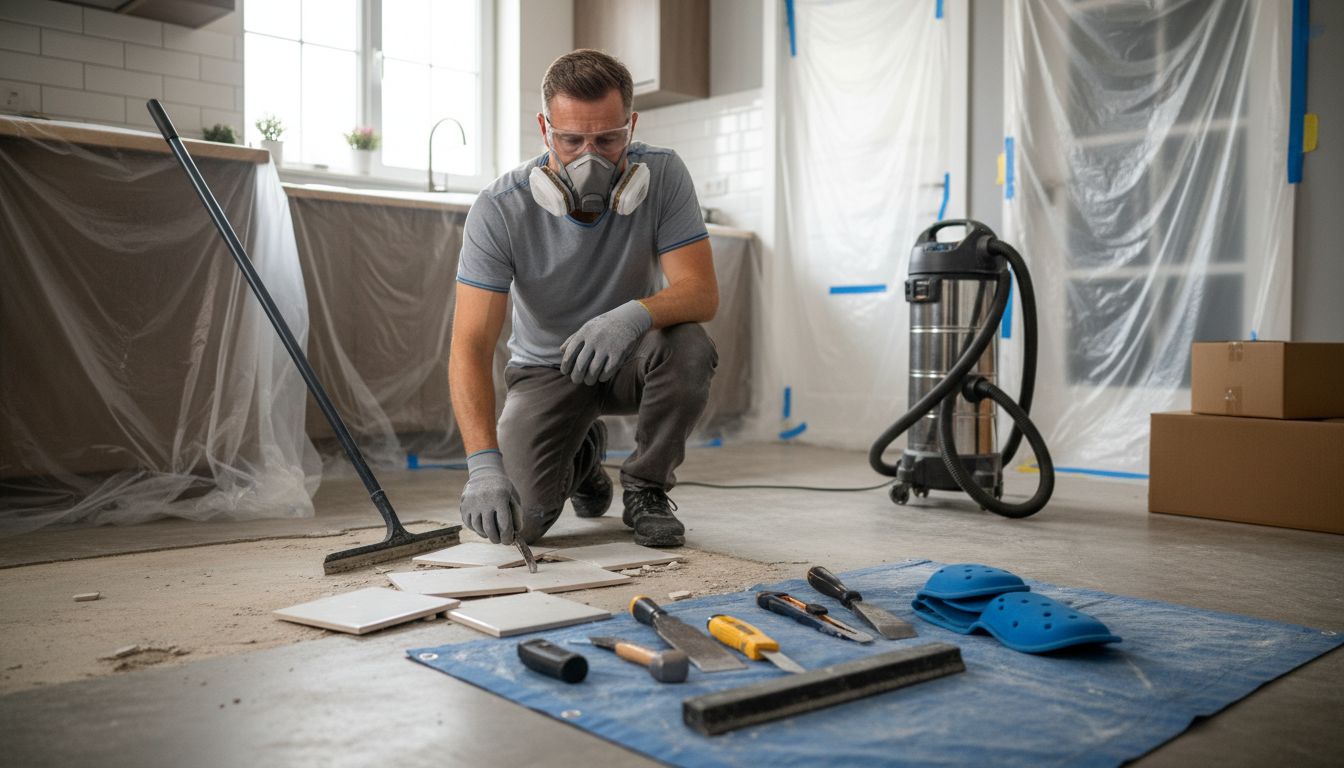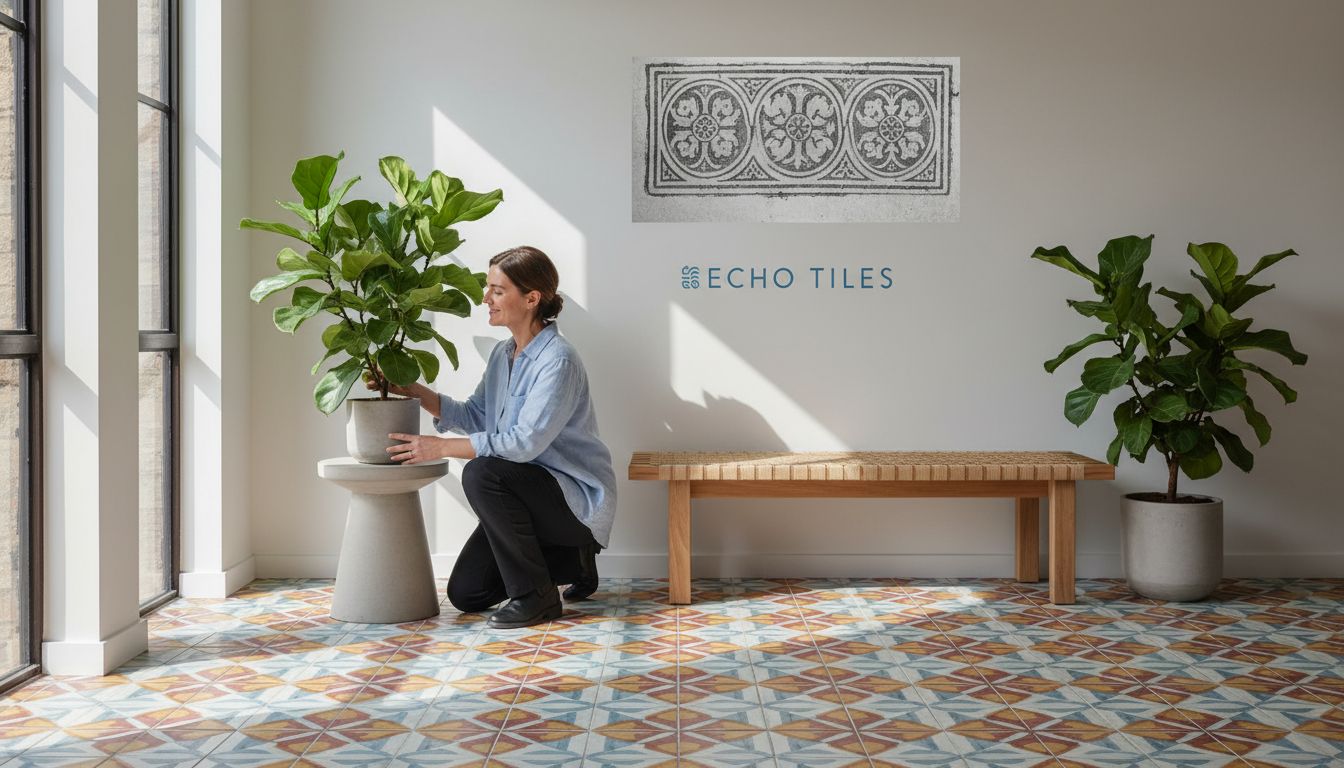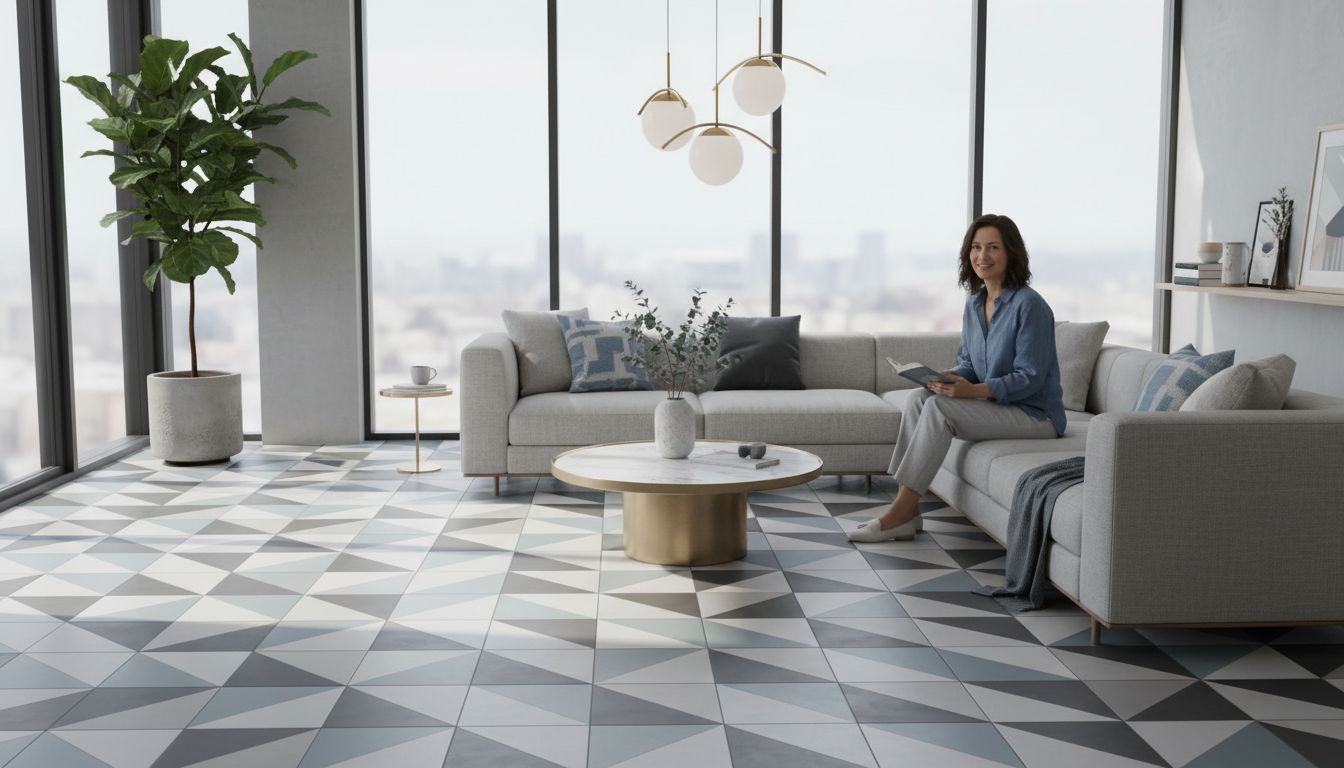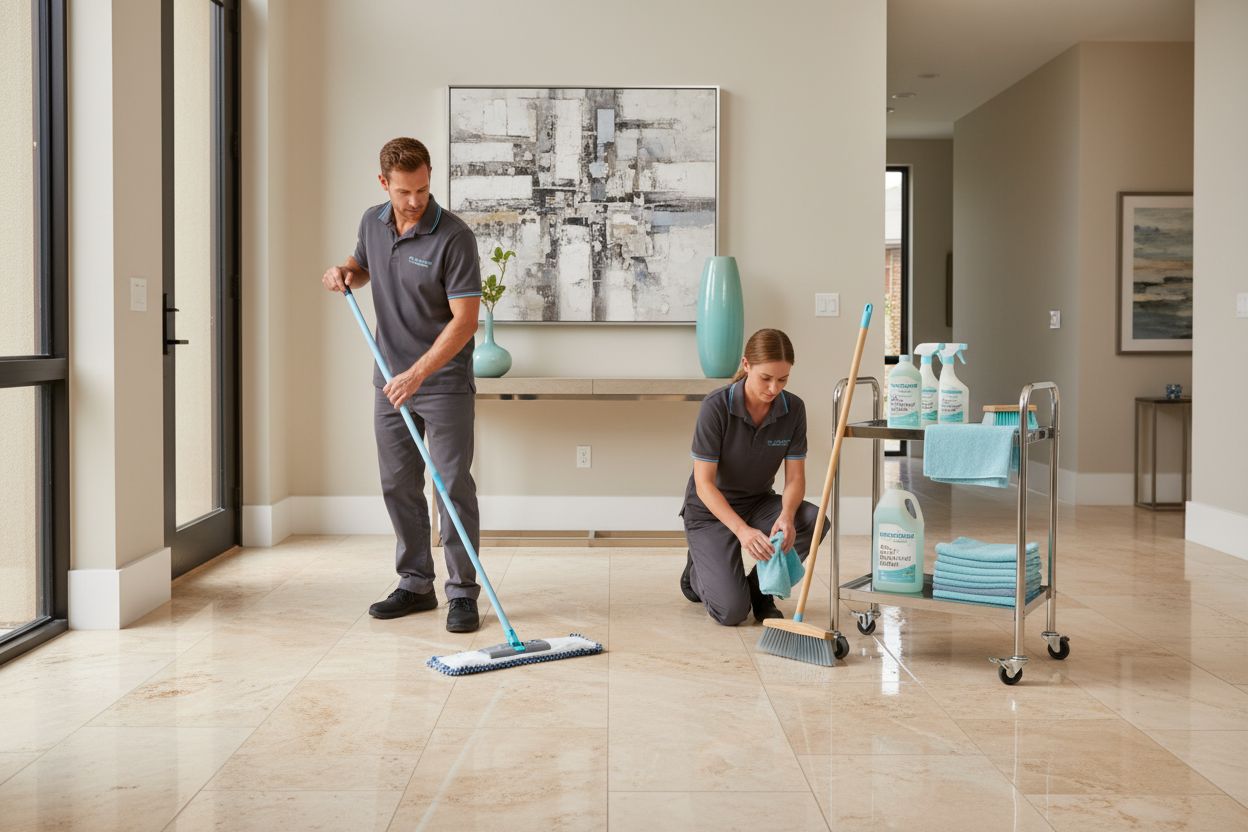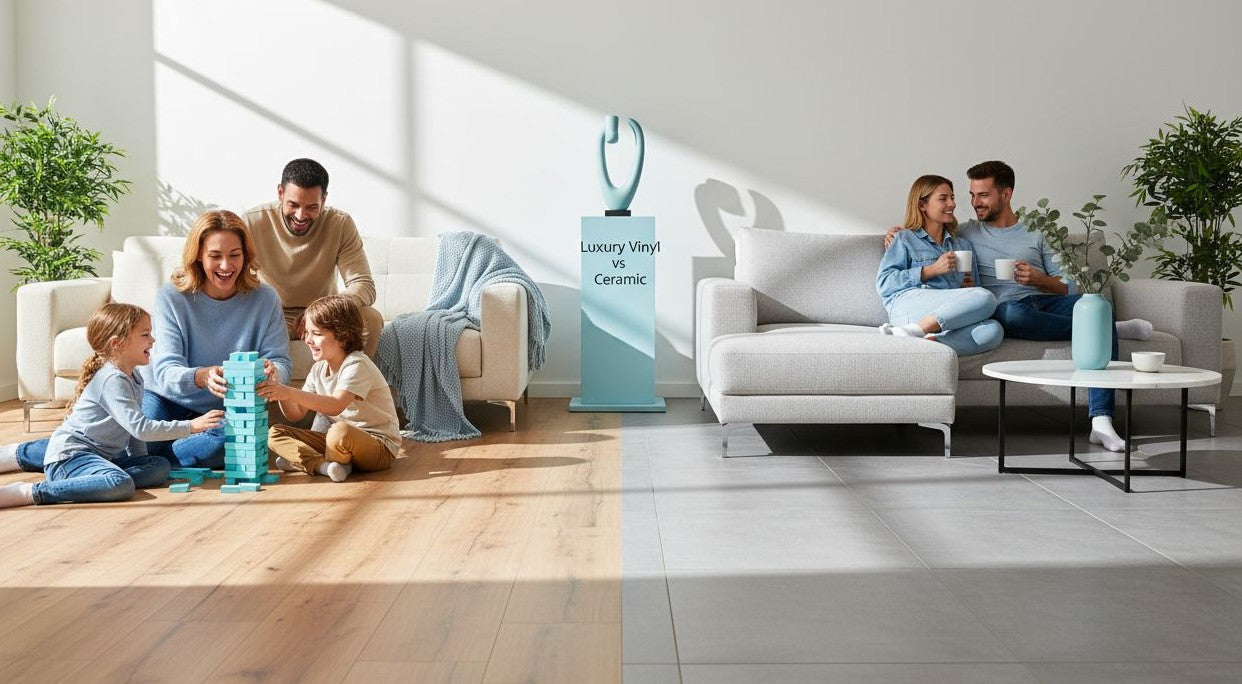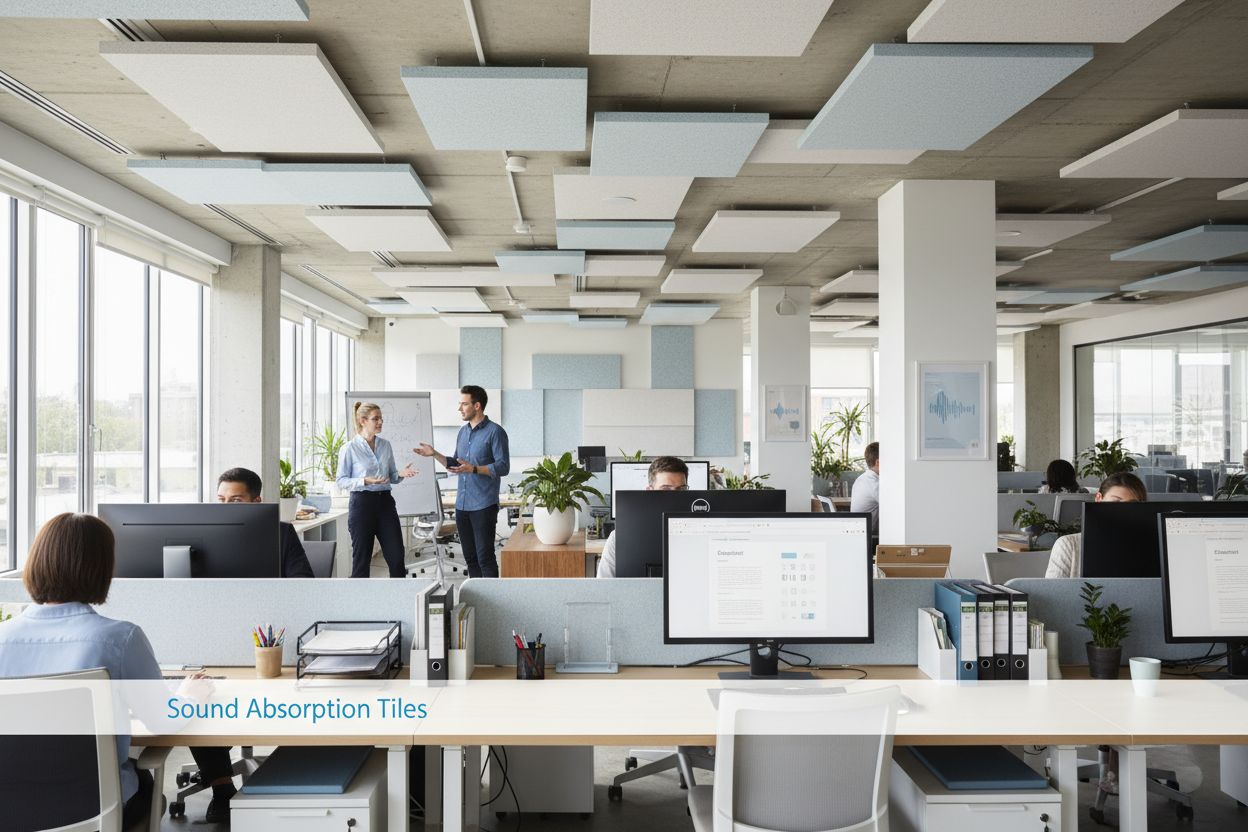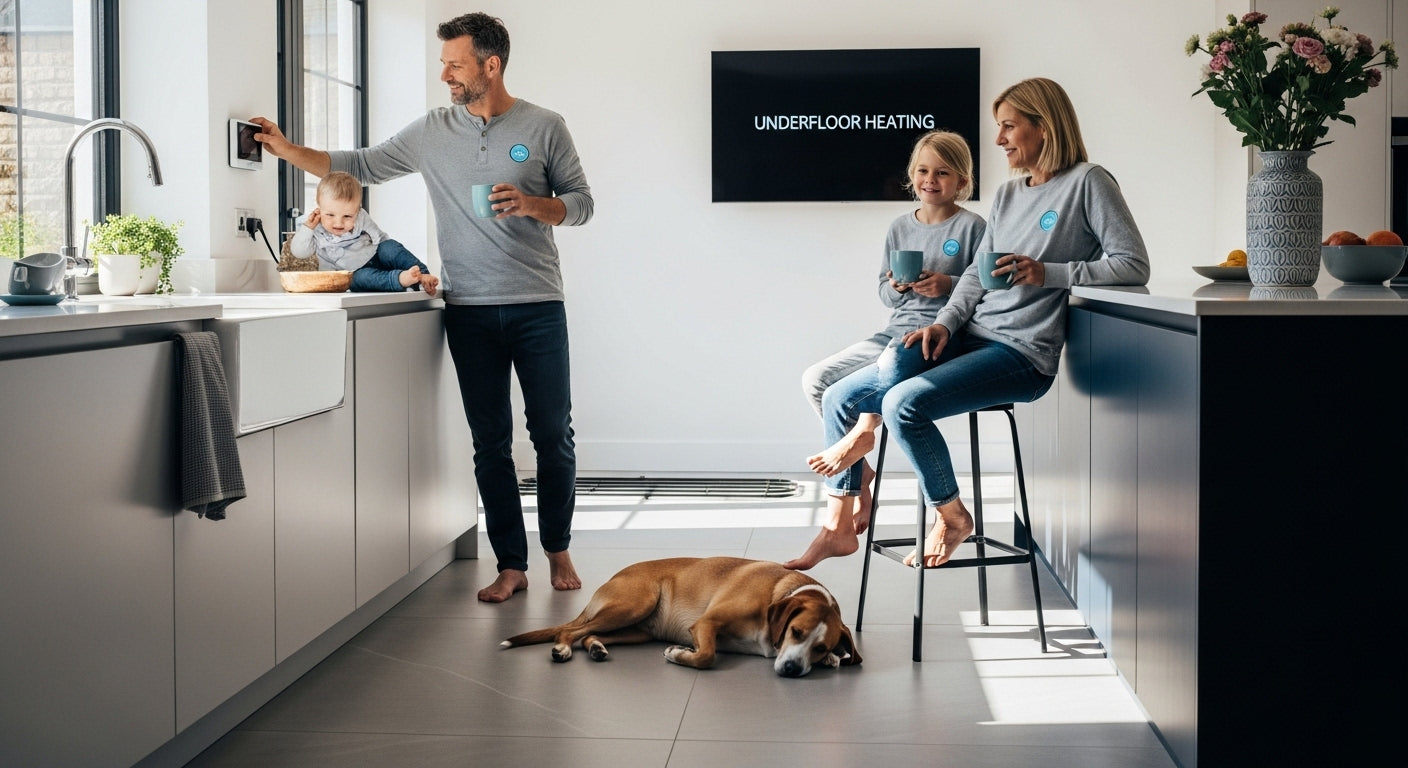Did you know that bamboo flooring can mature in just three to five years, while traditional hardwoods may take decades? Homeowners and builders are now turning to materials like bamboo, cork, and recycled vinyl that conserve resources and lower chemical use. These options not only reduce the environmental burden but also offer lasting quality and style for any space.
Key Takeaways
| Point | Details |
|---|---|
| Sustainable Flooring Importance | Sustainable flooring choices reduce environmental impact across their lifecycle while providing high performance. |
| Diverse Material Options | Popular sustainable materials include bamboo, cork, and reclaimed wood, each offering unique ecological benefits. |
| Health and Environmental Benefits | Eco-friendly flooring improves indoor air quality and minimizes waste, enhancing overall health and comfort in living spaces. |
| Long-term Economic Value | Investing in sustainable flooring can lead to long-term savings through durability, energy efficiency, and increased property value. |
Table of Contents
- What Makes Flooring Materials Sustainable
- Types Of Sustainable Flooring Options
- Environmental And Health Benefits Detailed
- Installation, Maintenance, And Longevity
- Cost Comparisons And Market Trends
What Makes Flooring Materials Sustainable
Sustainability in flooring isn’t just a trendy buzzword - it’s a critical approach to selecting materials that minimize environmental impact while delivering exceptional performance. Sustainable flooring fundamentally considers the entire lifecycle of materials, from raw resource extraction through manufacturing, installation, usage, and eventual disposal or recycling.
According to research from BMD Materials, sustainable flooring increasingly emphasizes materials sourced from innovative pathways:
- Post-consumer waste materials
- Bio-based resources like cork, linoleum, and bamboo
- Low-VOC water-based adhesives and coatings
- Cradle-to-Cradle certification for circular economy credentials
Take bamboo as a prime example. According to Wikipedia research, bamboo flooring represents an extraordinary sustainable option because it:
- Matures in just 3–5 years (compared to decades for hardwood)
- Can be harvested without replanting due to intact root systems
- Requires minimal irrigation, fertilizers, or pesticides
- Sequesters significantly more carbon annually than traditional hardwood forests
Choosing sustainable flooring isn’t just an environmental statement - it’s a smart investment in materials that perform exceptionally while reducing your ecological footprint. Check out our comprehensive guide on understanding different floor tile types to explore more sustainable options for your next renovation project.
Types of Sustainable Flooring Options
Sustainable flooring has evolved dramatically, offering homeowners and designers multiple eco-friendly options that don’t compromise on style or performance. According to research from Full Circle Floors, commercial trends are highlighting several key sustainable flooring materials that balance environmental responsibility with durability.
Here are the top sustainable flooring options gaining popularity:
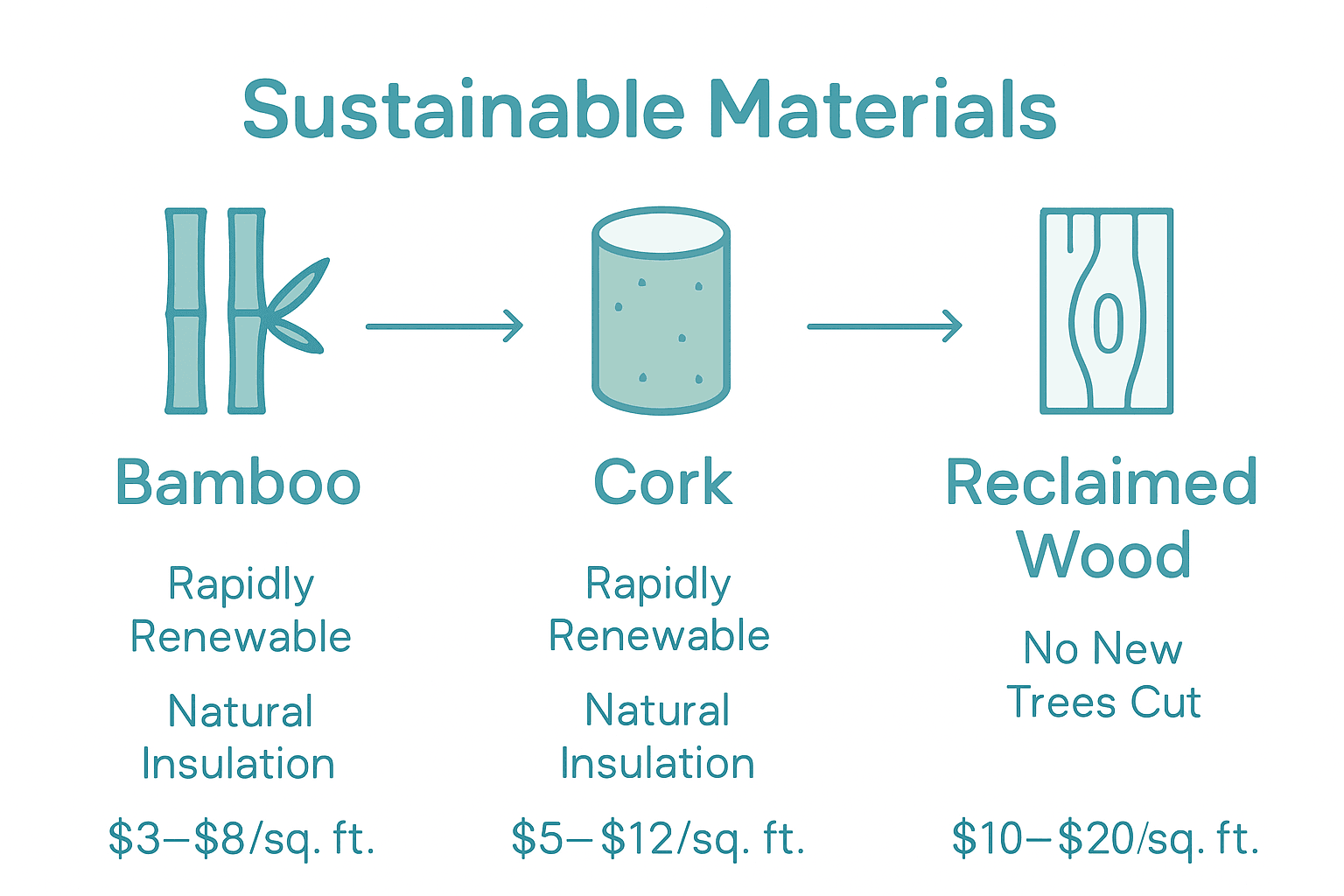
Here’s a comparison of the top sustainable flooring materials and their key features:
| Material | Source / Composition | Key Benefits | Typical Cost (per sq. ft.) |
|---|---|---|---|
| Bamboo | Rapidly renewable grass | Matures in 3-5 years Durable High carbon sequestration |
$4–$9 |
| Cork | Bark harvested from trees | Renewable Natural insulation Antimicrobial |
$5–$12 |
| Linoleum | Linseed oil, cork dust | Bio-based Low-VOC Long-lasting |
$4–$8 |
| Reclaimed Wood | Salvaged timber | Reduces landfill waste Unique look No new trees cut |
$8–$15 |
| Luxury Vinyl Tile (LVT) | Recycled content | Recyclable Water-resistant Durable |
$4–$7 |
- Cork Flooring: Harvested from renewable bark without cutting down trees
- Linoleum: Made from natural materials like linseed oil and cork dust
- Luxury Vinyl Tile (LVT): Manufactured with recycled content and designed for future recyclability
- Reclaimed Wood: Repurposed from existing structures, reducing new timber demand
- Bamboo: Rapidly renewable material with exceptional durability
Commercial trends underscore the importance of additional eco-attributes like low-VOC finishes and materials designed for complete lifecycle management. These flooring types not only minimize environmental impact but also provide exceptional performance across residential and commercial spaces.
Learn more about comparing different tile flooring options to find the perfect sustainable solution for your specific design and functional needs.
Environmental and Health Benefits Detailed
Sustainable flooring goes far beyond environmental consciousness - it directly impacts our living spaces’ health, comfort, and long-term value. According to research from MechDB, eco-friendly flooring options offer significant advantages in indoor air quality, durability, and overall home performance.
Key environmental benefits include:
- Reduced VOC Emissions: Lower chemical off-gassing improves indoor air quality
- Waste Reduction: Materials designed for longer lifecycles and future recyclability
- Carbon Footprint Minimization: Renewable and recycled material sources
- Resource Conservation: Using materials that require minimal processing and extraction
Better Homes & Gardens research highlights that properly installed sustainable flooring can last 10-20 years, substantially reducing replacement waste. This longevity means fewer materials end up in landfills and lower overall environmental impact.
Moreover, sustainable flooring is becoming a significant resale value enhancer. Homebuyers increasingly prioritize eco-friendly features, making these flooring choices not just an environmental statement, but a smart financial investment. Explore our comprehensive guide on tile flooring options to discover how sustainable materials can transform your living spaces while supporting environmental health.
Installation, Maintenance, and Longevity
Sustainable flooring requires strategic installation and consistent maintenance to maximize its environmental and performance benefits. According to Better Homes & Gardens research, proper installation and care can dramatically extend floor lifespan, with vinyl and laminate floors potentially lasting 10-20 years under optimal conditions.
Key installation and maintenance considerations include:
- Moisture Barrier Preparation: Critical for preventing water damage
- Edge Sealing: Protects flooring perimeter from moisture infiltration
- Indoor Humidity Control: Maintain 35-60% humidity levels
- Prompt Spill Cleanup: Prevents staining and potential structural damage
- Regular Ventilation: Reduces moisture accumulation and potential mold growth
Each sustainable flooring type demands unique maintenance approaches. Cork requires periodic sealing, bamboo needs minimal moisture exposure, and recycled materials might need specialized cleaning techniques. Implementing manufacturer-recommended care protocols ensures maximum durability and maintains the floor’s eco-friendly performance.
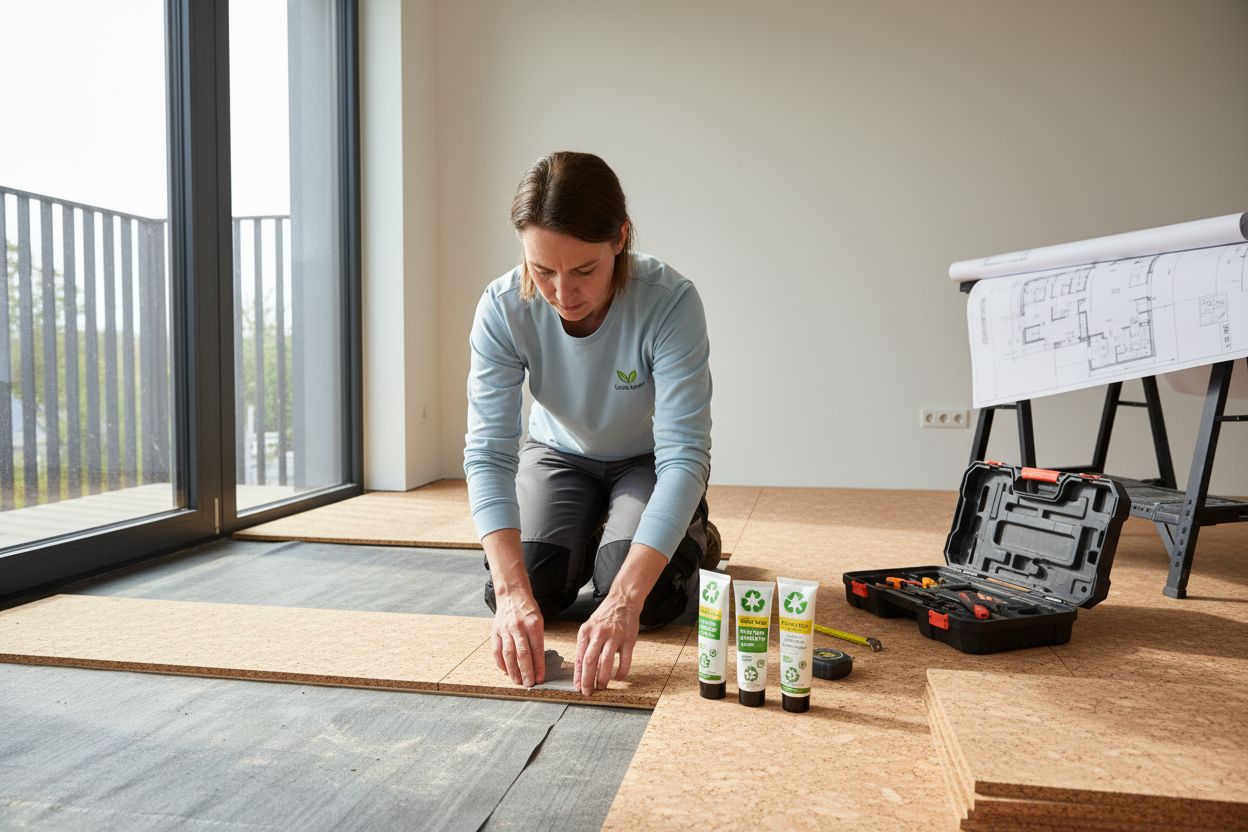
Learn more about understanding different tile flooring options to discover specific maintenance requirements for various sustainable materials and protect your investment.
Cost Comparisons and Market Trends
Sustainable flooring represents a strategic investment that goes beyond initial purchase price. According to research from McGrowth Consultancy, smart purchasing strategies now emphasize comprehensive cost evaluation that considers multiple financial factors.
Key cost considerations for sustainable flooring include:
- Total Cost of Ownership: Installation, maintenance, and expected lifespan
- Material Durability: Long-term performance versus upfront expenses
- Energy Efficiency: Potential utility savings from thermal properties
- Resale Value Impact: Eco-friendly features attracting higher property valuations
- Certification Verification: Look for credible sustainability standards like FSC
Market trends reveal that while sustainable flooring might have slightly higher initial costs, the long-term financial benefits often outweigh short-term expenses. Bamboo, cork, and recycled luxury vinyl tiles typically range from $4-$12 per square foot, compared to traditional hardwood’s $8-$15, offering competitive pricing with enhanced environmental credentials.
Explore our comprehensive guide on tile flooring options to understand how sustainable materials can be both economically and environmentally smart choices for your next renovation project.
Bring Sustainable Flooring Ideas to Life with TileChoices.com
Are you looking for sustainable flooring materials that truly support both the environment and your design goals? The challenges discussed in this complete guide — from prioritizing materials like bamboo and cork to ensuring low-VOC and recycled content — show that creating an eco-friendly home is no simple task. It can be difficult to balance performance, aesthetics, and durability with the need for green solutions. At TileChoices.com, we understand that you need trusted resources that make your path to sustainable renovation much simpler.
Explore:
- A curated selection of tile types that support responsible choices
- Full transparency on materials, finishes, and maintenance for long-lasting beauty
- Guidance and inspiration to help you compare options or learn more with our blog on sustainable tile comparisons
You do not have to compromise your values or your vision. Take the next step now by visiting TileChoices.com and start creating a more sustainable space you will love for years to come.
Frequently Asked Questions
What are sustainable flooring materials?
Sustainable flooring materials are eco-friendly options that minimize environmental impact throughout their lifecycle, from raw material extraction to disposal. Examples include bamboo, cork, linoleum, and luxury vinyl made from recycled content.
What are the benefits of choosing sustainable flooring?
Choosing sustainable flooring enhances indoor air quality, reduces chemical emissions, minimizes waste, and lowers carbon footprints. These materials also often provide long-lasting performance and can increase a home’s resale value.
How do sustainable flooring materials compare in terms of cost?
Sustainable flooring materials typically range from $4 to $15 per square foot, depending on the type. For instance, bamboo and linoleum are generally more affordable than reclaimed wood, but all offer competitive pricing compared to traditional hardwood flooring, which can cost more.
What maintenance is required for sustainable flooring?
Maintenance varies by material: cork needs periodic sealing, bamboo requires minimal moisture exposure, and vinyl may need specialized cleaning. Following manufacturer guidelines ensures the longevity and performance of sustainable flooring.
Recommended
- Understanding Porcelain Wood Plank Tiles: A Comprehensive Guide – Tile Choices
- Understanding Tile Flooring vs Hardwood: A Comprehensive Guide – Tile Choices
- Understanding Luxury Vinyl Tile vs Ceramic Flooring – Tile Choices
- Understanding the Different Types of Floor Tiles – Tile Choices
- Complete Guide to Durable Floor Finish Solutions in East Rockaway, NY | Savera Wood Floor Refinishing
- Best Eco Friendly Play Mat: Material Truths Revealed | Floorbloom Play Mats

